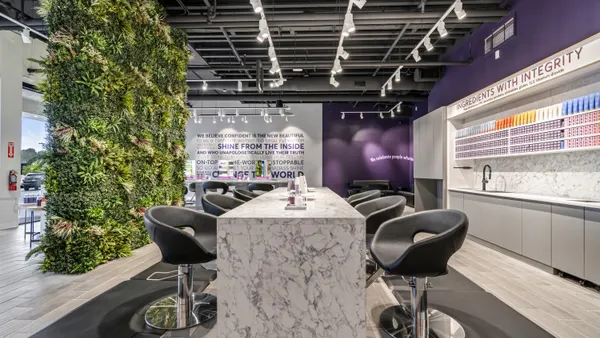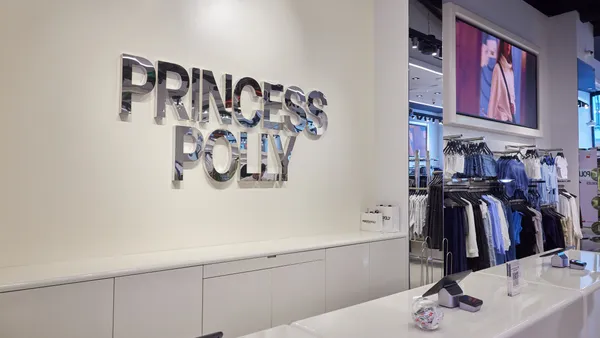Dive Brief:
- Direct-to-consumer healthcare apparel brand Figs encountered higher fulfillment expenses primarily due to increased storage costs, CFO Daniella Turenshine said in a Q2 earnings call last week.
- Incremental storage costs contributed to higher selling expenses as a percentage of net revenues, which increased by 2.5 percentage points YoY, Turenshine said. The CFO initially flagged added storage expenses as a pressure to this metric in Q3 of 2022.
- Co-founder and CEO Trina Spear said Figs expects to see storage expenses decline in the next two quarters as the company pushes through excess inventory and makes initial investments in a project to improve fulfillment efficiency and speed.
Figs' fulfillment costs pressure financial performance
Dive Insight:
Elevated storage costs have been a thorn in Figs' side since last year. Turenshine pointed out in November that inventory was shipped earlier than expected while storage vacancy rates stood at 1%.
Figs' product distribution efforts rely primarily on its sole fulfillment center in the City of Industry, California, according to an Aug. 3 securities filing. The company also uses additional third-party storage locations to hold inventory.
"We intend to expand our fulfillment center capacity and technological functionality, and have leased additional warehouse space to serve as storage centers as our business continues to grow," the company said.
Figs' "fulfillment enhancement project" will cost between $16 million to $18 million to implement and execute, with the bulk of these costs occurring in 2024, Spear said.
"This is going to enable us to scale, provide a better customer experience, ensure that we're getting our packages to our customers in the time that they want them and doing that with a really heightened level of customer experience," Spear said.
While executives provided limited specifics on the initiative during the call, Turenshine said in a May earnings call that the project will lay the foundation for future expansion as the company considers new distribution centers on the East Coast and internationally.
"Over the long run, it’s going to enable [us] to drive efficiency and scale, but there’s also a lot of benefits as it relates to the experience that we’re providing to our customers," Turenshine said.















